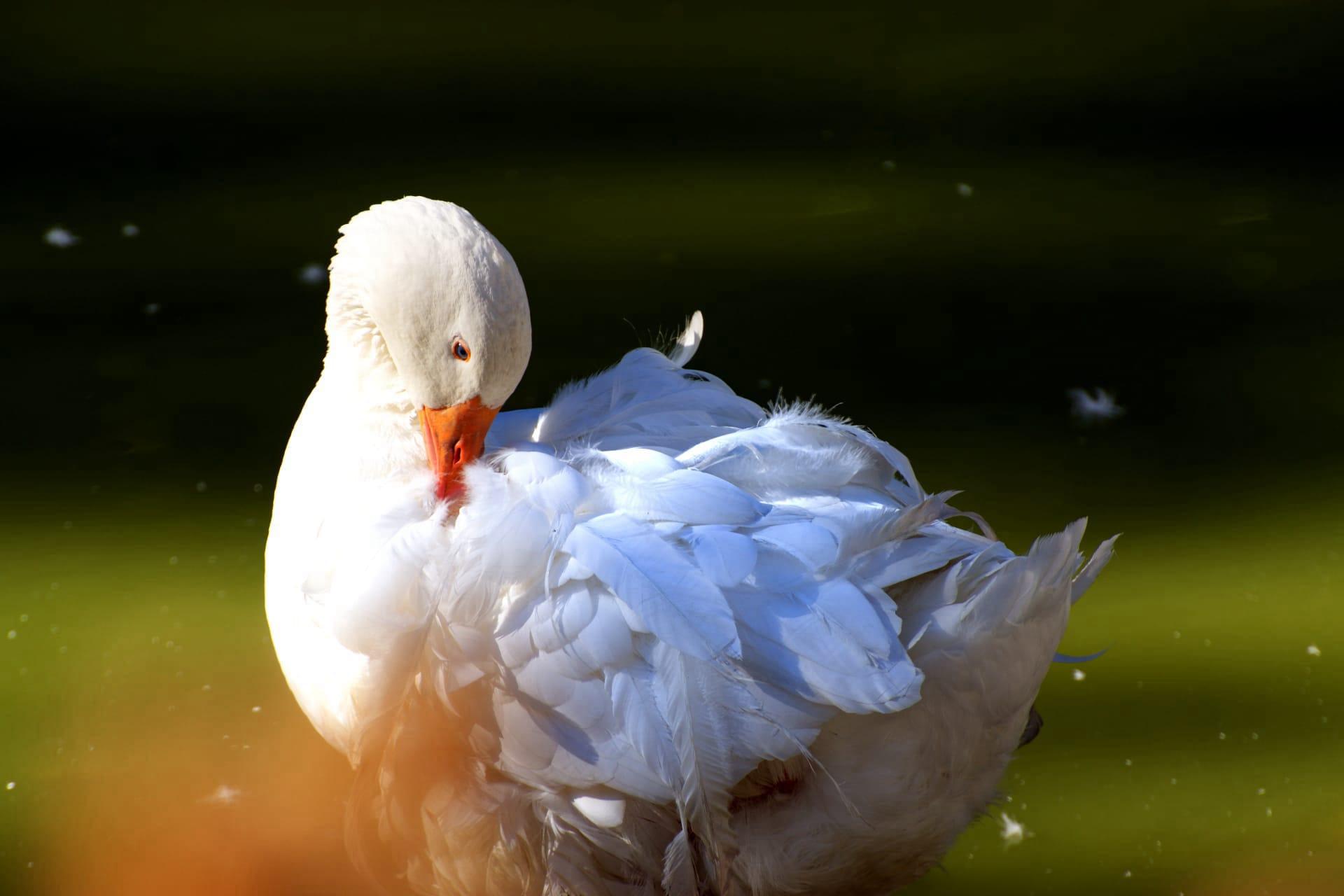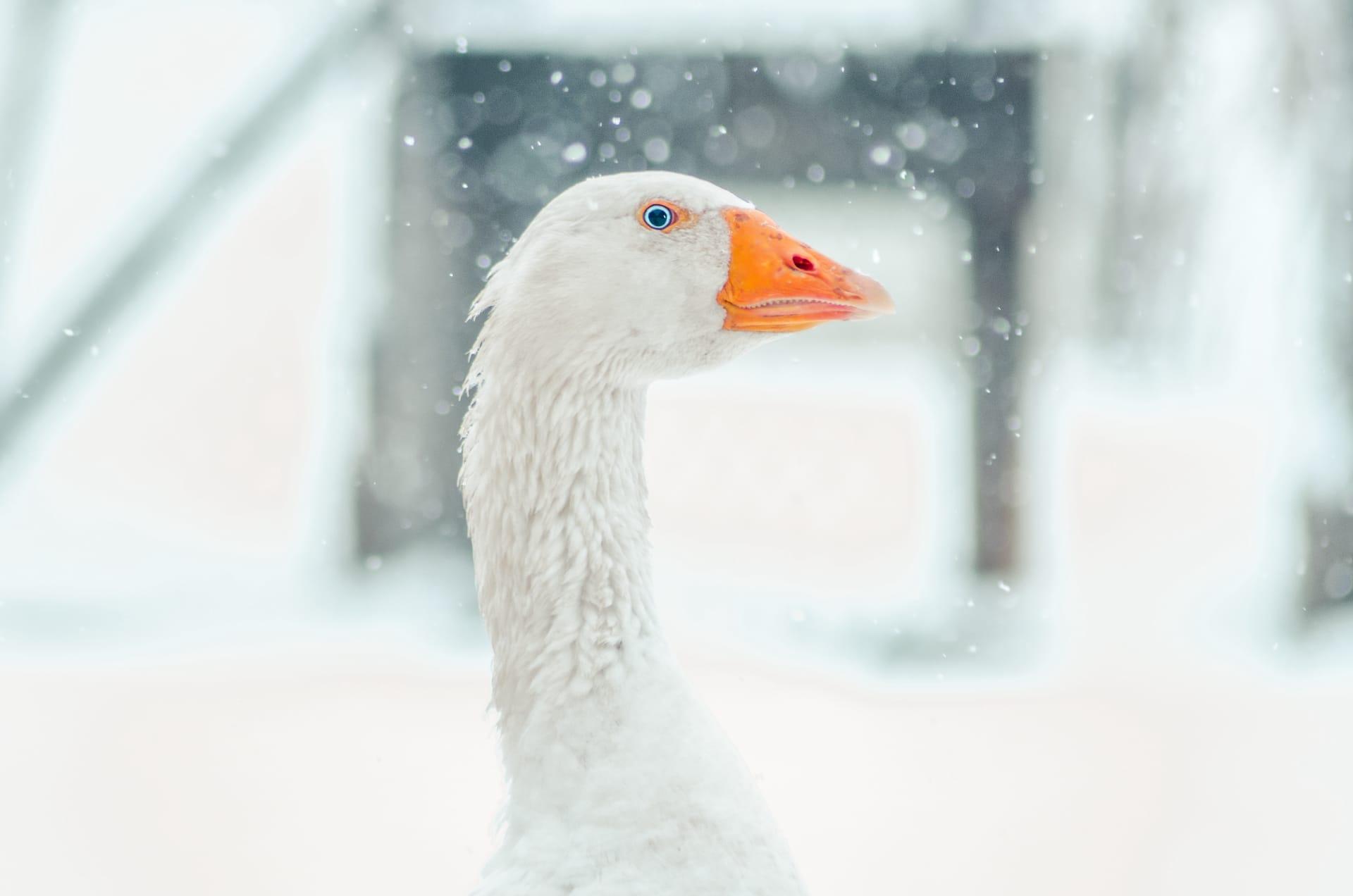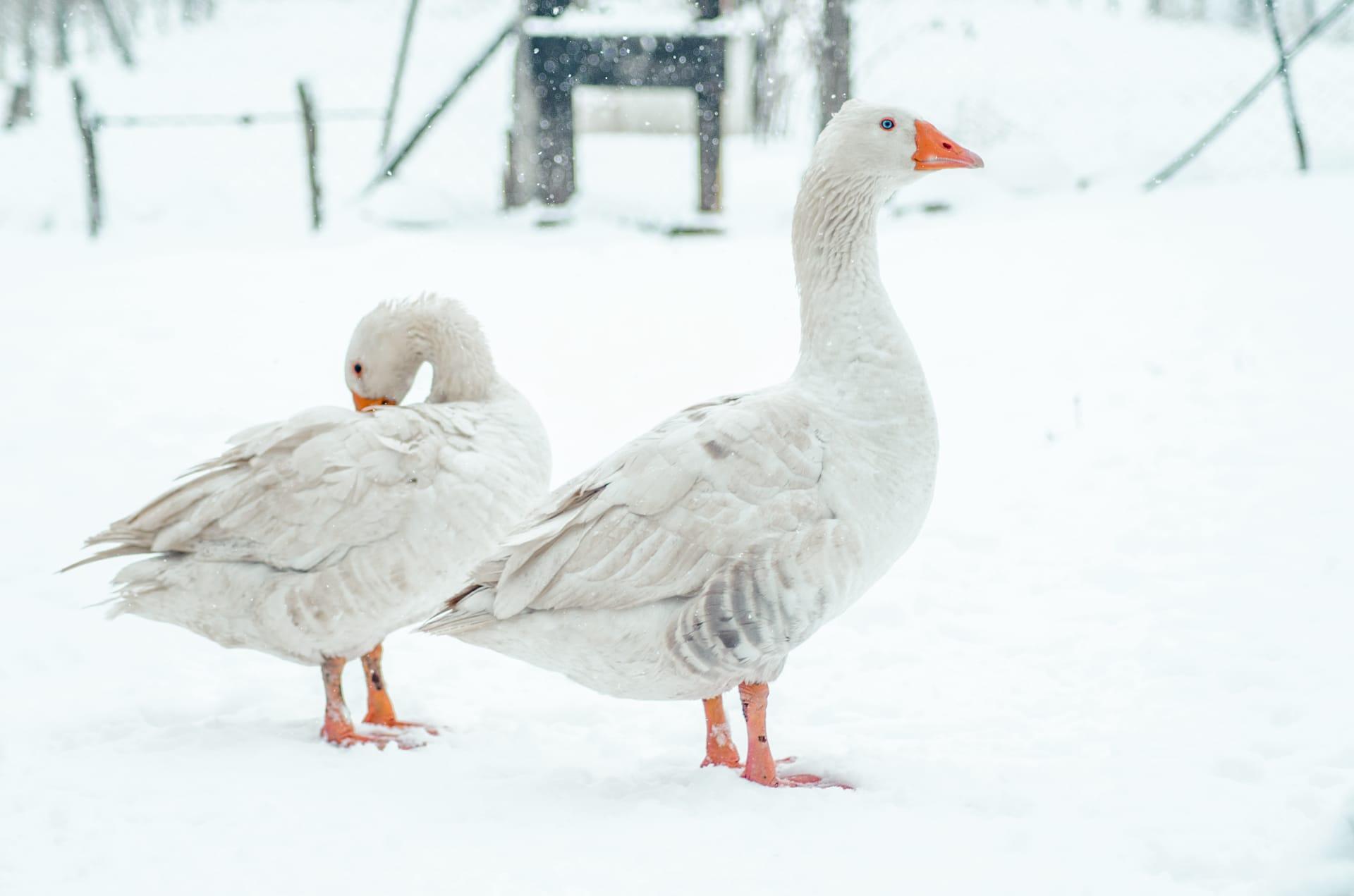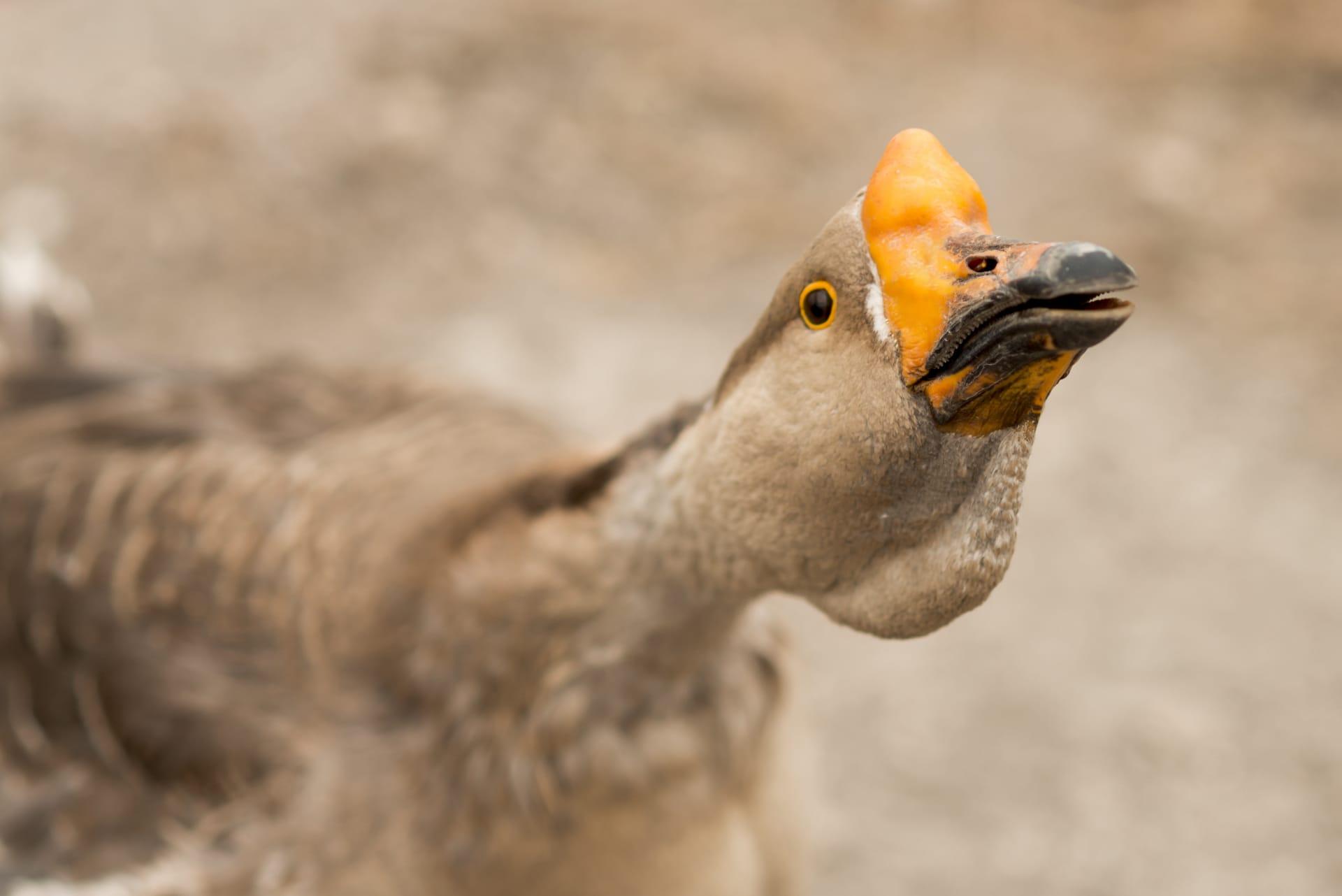Goose
- Home /
- Mini Encyclopedia /
- Animal /
- Goose
1
Geese, known scientifically as members of the genus Anser (for grey geese) and Branta (for black geese), are fascinating birds belonging to the family Anatidae. This family also includes ducks and swans. The Anser species, such as the Greylag goose and the Greater White-fronted goose, predominantly showcase grey and white feathers, often with distinctive markings. On the other hand, Branta species like the Canada goose and the Barnacle goose are characterized by their darker plumage. These birds are further classified into various species and subspecies, each with unique features, making them a diverse group within the bird kingdom.
Geese are known for their widespread distribution across the world. In the wild, they are primarily found in regions of North America, Europe, and Asia. The Canada goose, for instance, is a common sight in North America, thriving in a range of habitats from urban parks to remote wetlands. Similarly, the Greylag goose, often spotted in Europe and Asia, prefers wetlands, grasslands, and marshy areas. Migration is a key aspect of their life, with many species traveling long distances between breeding and wintering grounds. The spectacle of their V-shaped flight formations across the sky is not only a sign of seasonal change but also a testament to their remarkable navigational skills and endurance.

2
Question: Are geese aggressive and dangerous to humans?
Answer: It's a common misconception that geese are inherently aggressive and pose a threat to humans. In reality, geese are generally peaceful birds. However, they can become defensive if they feel their nests or goslings are threatened. This protective behavior is more pronounced during the breeding season. Instances of geese chasing or hissing at humans usually occur when they perceive a potential threat to their young or territory. Understanding their behavior and respecting their space can significantly reduce negative encounters. In essence, geese are not naturally aggressive towards humans but are simply protective parents and territorial animals when provoked.

3
Geese have developed several strategies to thrive in diverse environments. One notable strategy is their migratory behavior, allowing them to exploit different ecosystems seasonally. Many species of geese migrate thousands of kilometers to access food resources, suitable climate conditions, and safe breeding grounds. Their strong, powerful wings and energy-efficient, V-shaped flying formations enable these long-distance travels. Additionally, geese are highly social birds, forming large flocks that offer protection against predators. This social structure also facilitates the sharing of information, like the locations of feeding grounds. Furthermore, their diet mainly consists of grasses, grains, and aquatic plants, making them adaptable to various habitats. These survival strategies underscore geese's resilience and ability to adjust to changing environments.
Another key survival tactic is their communication system. Geese use a range of vocalizations to maintain flock cohesion, warn of predators, and coordinate during flight. These vocal signals are crucial for survival, especially during migration and when rearing young. Geese are also known for their strong pair bonds and cooperative parenting. Pairs often stay together for many years, and in some cases, for life. This strong bonding contributes to successful rearing of their young, ensuring the continuation of their species.

4
Geese play significant roles in their ecosystems. As herbivores, they impact plant life by grazing on grasses and aquatic vegetation. This grazing can control the growth of certain plant species, indirectly influencing the habitat's overall biodiversity. Geese also serve as prey for various predators, including foxes, wolves, and large birds of prey. Their presence in an ecosystem, therefore, supports the food chain and contributes to its balance.
In addition to their role in the food web, geese also contribute to the ecological health of their habitats. Their droppings are a source of nutrients for the soil and water bodies, aiding in the fertilization of plants and contributing to the nutrient cycle. Their migratory patterns also play a part in seed dispersal, aiding in the spread of certain plant species across different regions. Furthermore, their nesting habits can influence the physical landscape, particularly in wetland areas, where their activities can alter water flow and vegetation cover.

5
Film: "The Incredible Journey of the Butterflies" (2009, United States) is a fascinating documentary that, while primarily focusing on the migration of monarch butterflies, also touches on the remarkable migratory patterns of geese. This documentary offers insight into the challenges and perils these birds face during their long journeys, highlighting the intricate balance of nature.
Book: "The Snow Goose" by Paul Gallico, published in 1941 in the United States, is a classic novella set in the Great Britain during World War II. It tells the story of a hunchbacked artist, a young girl, and a wounded snow goose, exploring themes of friendship, loss, and the haunting beauty of the natural world.
Book: "Goose" by Molly Bang, published in 1996 in the United States, is a heartwarming children's story about a goose who is raised by woodchucks. This book, with its delightful illustrations and tender narrative, explores themes of family, identity, and belonging, resonating with both young and old readers.